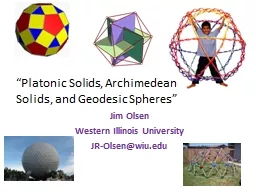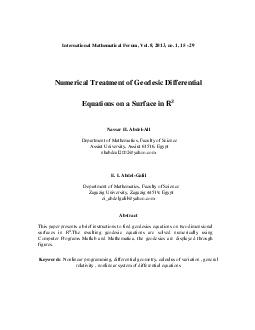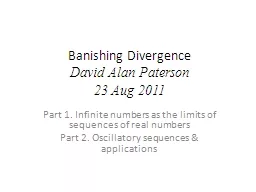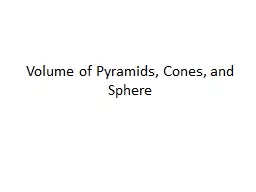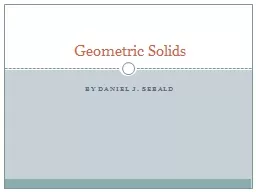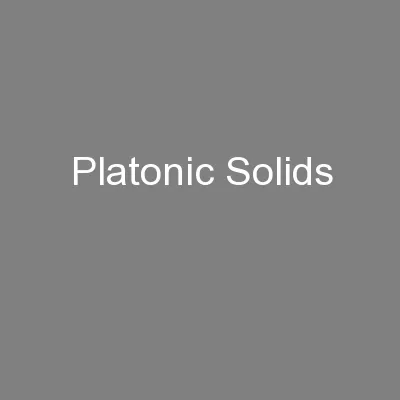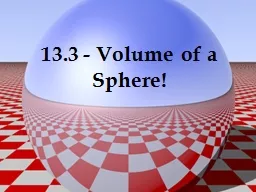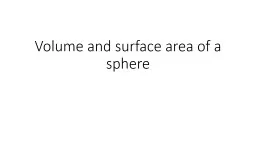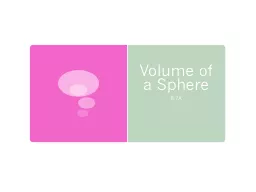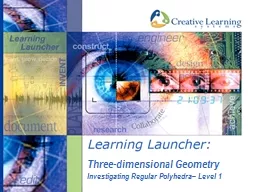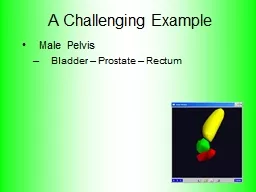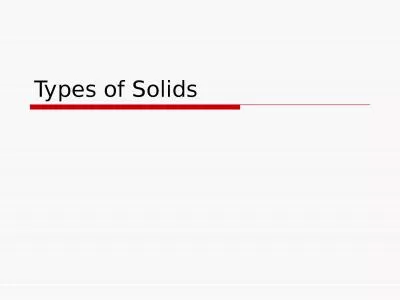PPT-“Platonic Solids, Archimedean Solids, and Geodesic Sphere
Author : ellena-manuel | Published Date : 2016-11-30
Jim Olsen Western Illinois University JROlsenwiuedu Platonic Archimedean Plato 423 BC 347 BC Aristotle 384 BC 322 BC Euclid 325 and 265 BC Archimedes 287 BC
Presentation Embed Code
Download Presentation
Download Presentation The PPT/PDF document "“Platonic Solids, Archimedean Solids, ..." is the property of its rightful owner. Permission is granted to download and print the materials on this website for personal, non-commercial use only, and to display it on your personal computer provided you do not modify the materials and that you retain all copyright notices contained in the materials. By downloading content from our website, you accept the terms of this agreement.
“Platonic Solids, Archimedean Solids, and Geodesic Sphere: Transcript
Download Rules Of Document
"“Platonic Solids, Archimedean Solids, and Geodesic Sphere"The content belongs to its owner. You may download and print it for personal use, without modification, and keep all copyright notices. By downloading, you agree to these terms.
Related Documents

